
OR

The color red is significant in a Nepali woman’s life: it indicates marital status, symbolizes auspiciousness, sexuality, fertility, and life. Another color significant to women is white, employed to signify a woman’s purity, vulnerability and fragility as the unspoiled bearer of patriarchal honor.
A Nepali woman’s experience of life is shaped by patriarchy. The need to control a woman is ingrained in the Nepali psyche. Nonconformity comes at a cost: any defiance of norms raises questions, suspicion, concern, ridicule — some visible, others silent and invisible. I’m made aware regularly that I keep crossing many such boundaries. Amidst the conflict created by my alleged transgressions, the psychological push and pull, I struggle to be the woman I want to be: fearless, and standing by my choices.
My work attempts to explore my sense of self in relation to the society by saying things I’m not supposed to say, by making visible what is meant to stay out of sight. Through questions about body, age, monthly menstruation cycle, notions of beauty, and marriage, Confrontations also explores my relationship with my mother.
Confrontations is a part of the ongoing edition of Photo Kathmandu which will run till November 16, 2018.








You May Like This

Helping women re-envision a better Nepal: Women LEAD Nepal
KATHMANDU,March 7: Women LEAD Nepal started as an idea that women and girls could change the trajectory of Nepal’s future and... Read More...

Futsal for the women, by the women and of the women!
KATHMANDU, March 19: WE United Project launched the Mahila Premier League (MPL) on March 18 at Grassroots Recreational Center in Mandikhatar. ... Read More...
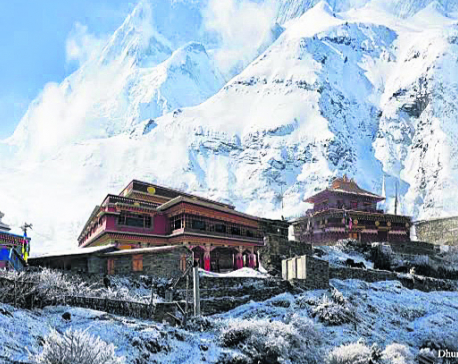
Dhurmus, Suntali to build ‘a Nepal within Nepal’
KATHMANDU, June 5: After successfully completing three settlement projects for earthquake victims and other communities, the actor couple Sitaram Kattel (Dhurmus)... Read More...

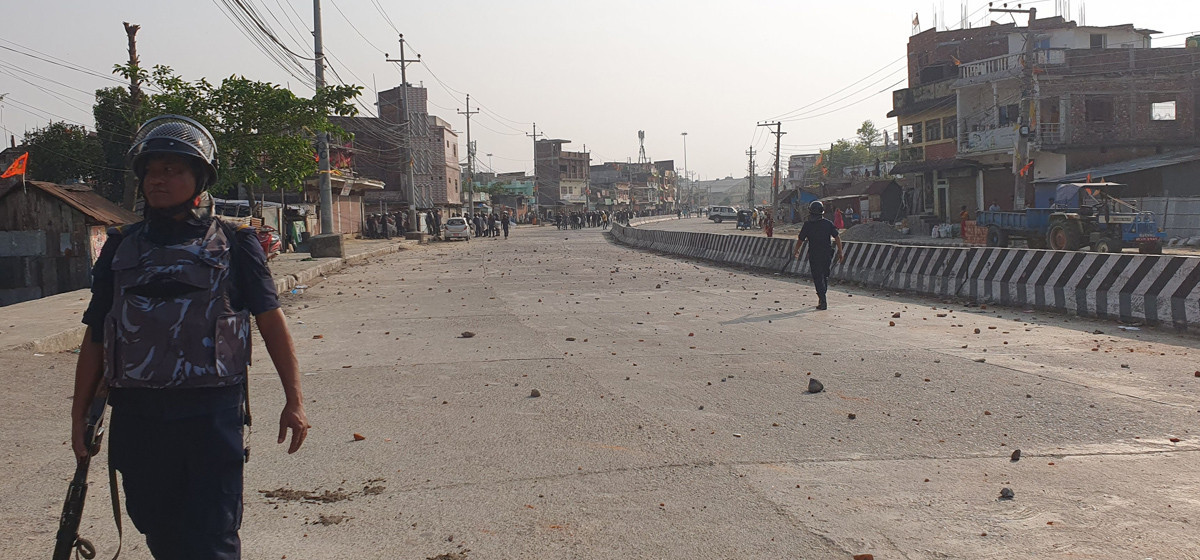

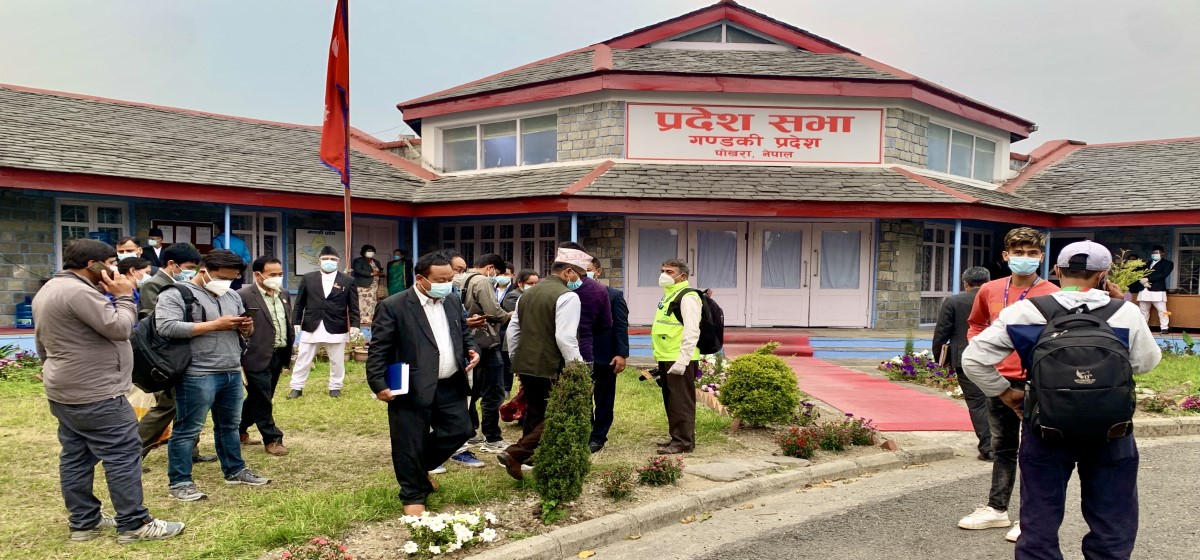
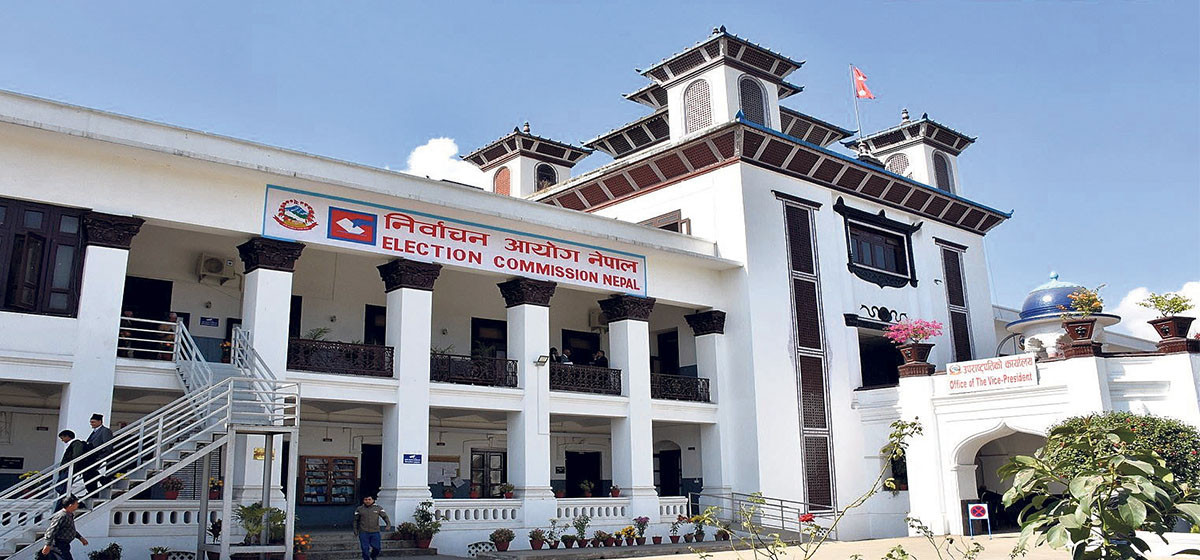
Just In
- Altitude sickness deaths increasing in Mustang
- Weather forecast bulletin to cover predictions for a week
- Border checkpoints in Sudurpaschim Province to remain closed till Friday evening
- Gandaki Province Assembly session summoned
- CM Karki to Speaker: Resolution motion for vote of confidence unconstitutional
- EC reminds all for compliance with Election CoC
- 13 killed, several injured after strike at Al-Maghazi refugee camp in Gaza
- NA team leaves for Solukhumbu to launch Clean Mountain Campaign








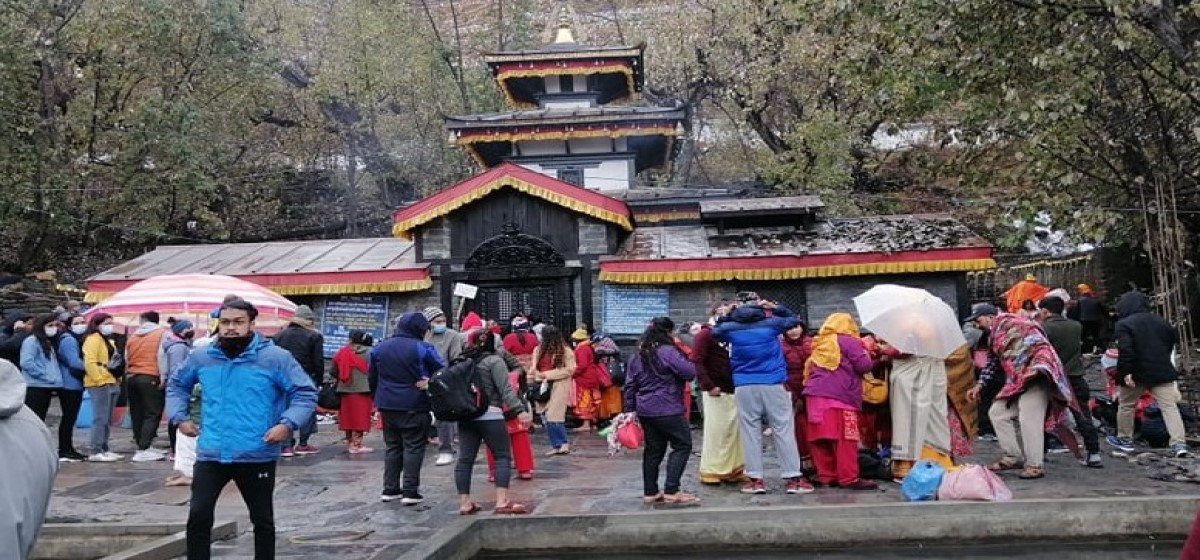

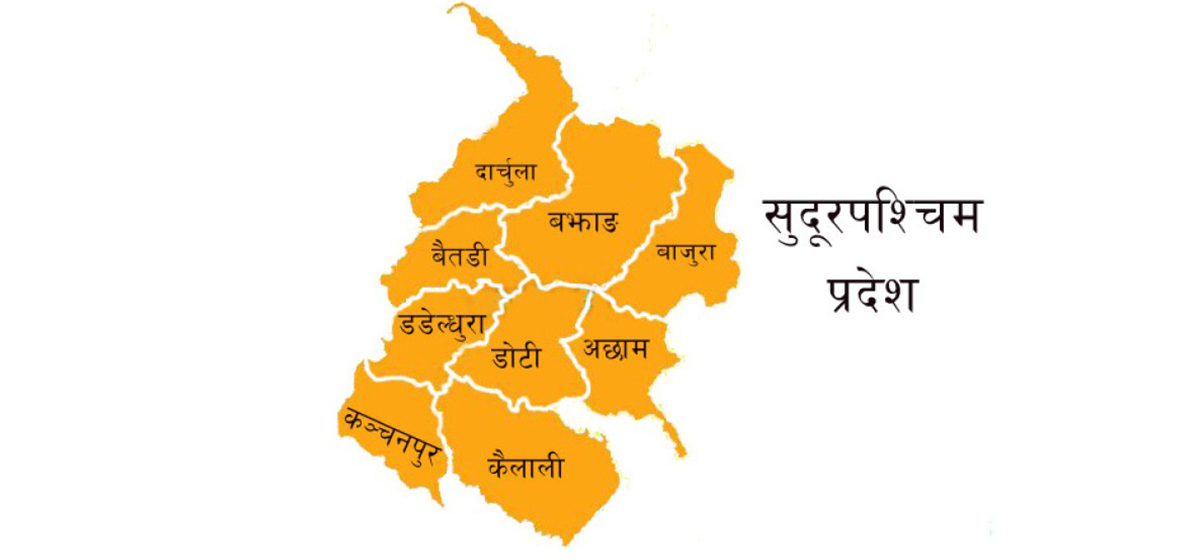



Leave A Comment